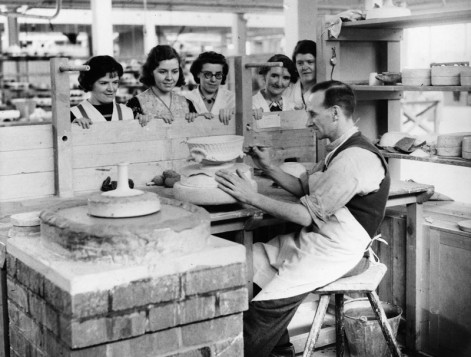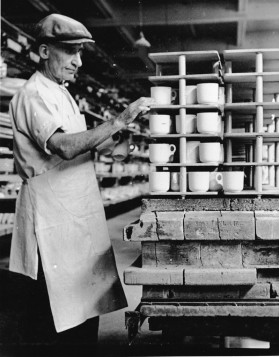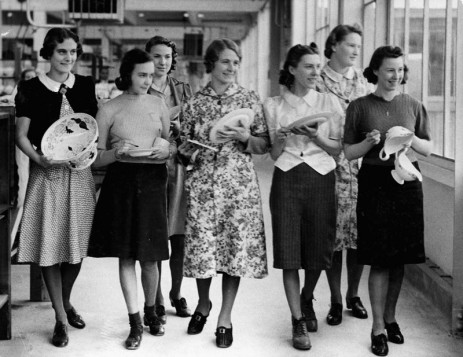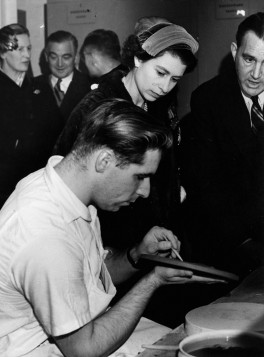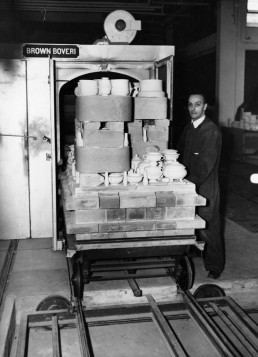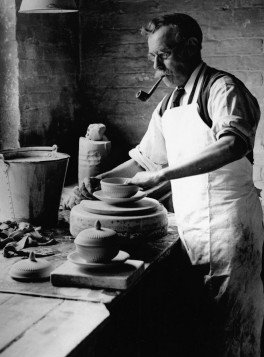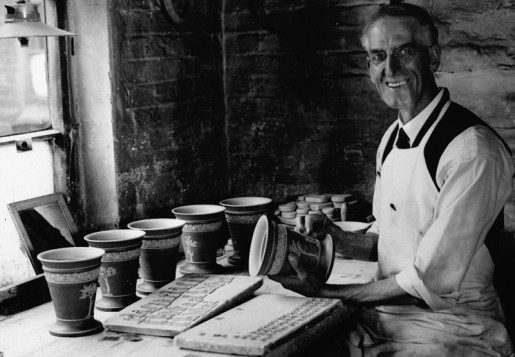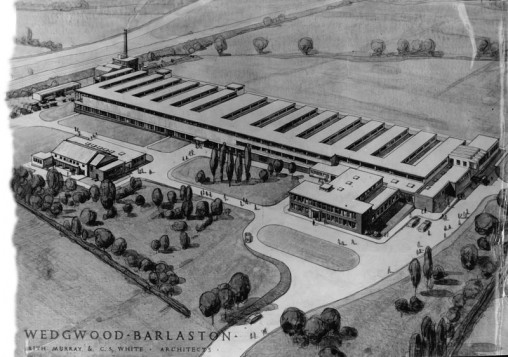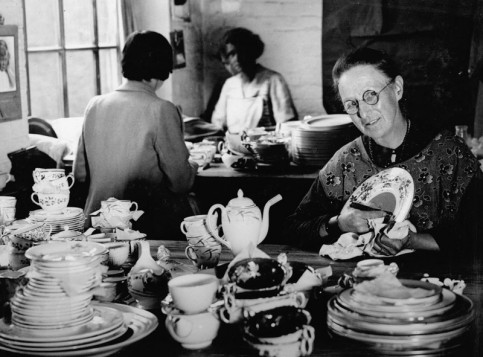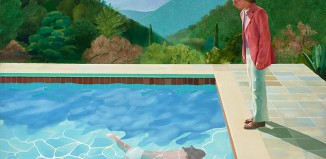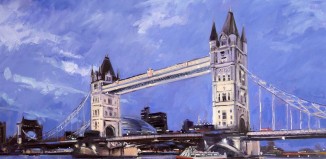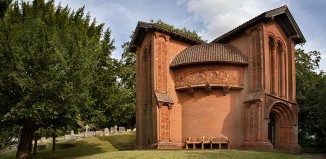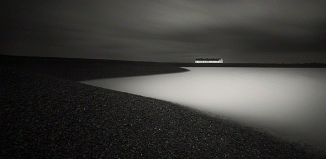Wedgwood: a potted history
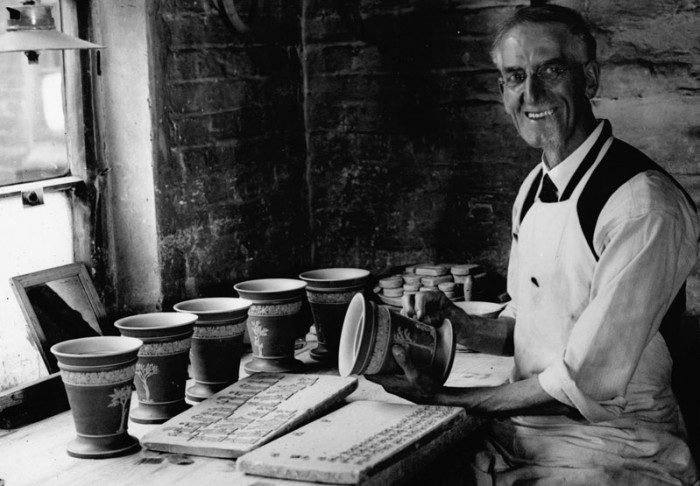
Josiah Wedgwood elevated pottery from everyday necessity to art. Rose Bateman looks back at his life on a plate
Beautiful forms and compositions are not made by chance, nor can they ever, in any material, be made at a small expense.” A lifelong adherence to this uncompromising maxim has ensured that Wedgwood, the fine china and porcelain company founded by potter Josiah Wedgwood in 1759, has endured to the present, its output revered now as it was then. In his lifetime, the humble potter produced three ceramic collections that remain sought-after by collectors: Queen’s Ware, Black Basalt and Jasperware. The former was so christened after Queen Charlotte, who appointed him Queen’s potter in 1762 (another famous fan was Russia’s Empress Catherine II, who amassed a collection of 952 pieces). Today, his work resides in esteemed collections at the Victoria & Albert and British Museums, and there even exists a “World of Wedgwood” in Stoke-on-Trent, Midlands, with 80,000 works of art, ceramics, manuscripts, letters and photographs on display. And yet at the outset of Josiah’s life, such dizzy heights seemed unlikely at best.
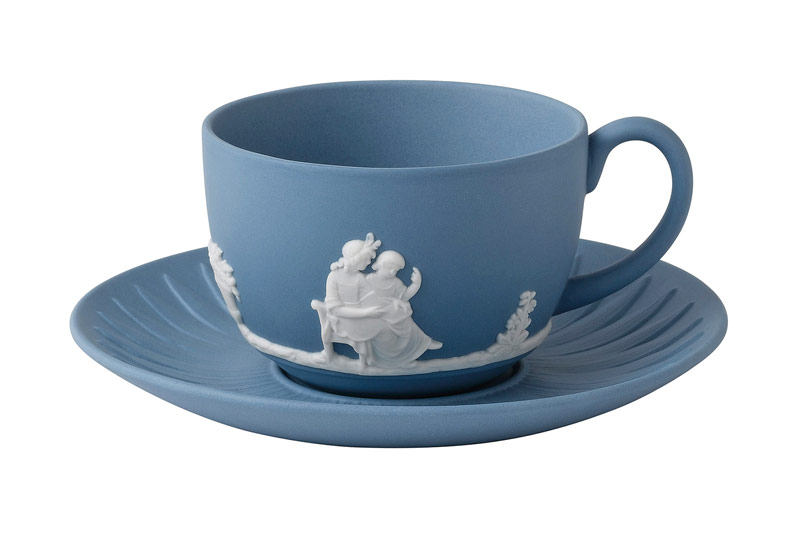
Early years
Josiah Wedgwood was born in 1730 in Staffordshire, into a family of potters. When his father died nine years later, the youngest Wedgwood began his training as a “thrower” early, under the tutelage of his brother, Thomas. This was not unusual for the time; but when Wedgwood contracted smallpox, it necessitated the amputation of his leg, thus calling time on his nascent career as a thrower. To add insult, his brother then denied him a partnership.
Josiah defied the odds to flourish regardless of the troubles that beset him. Determined, he gained a wider perspective on the industry by becoming a “modeller”, before setting up under his own auspices. By 1769, in partnership with a Liverpudlian merchant named Thomas Bentley, he opened a factory at Etruria, near Stoke-on-Trent, attached to which was a village where Wedgwood’s workmen and their families could live to a decent standard.
As a style-maker, Wedgwood pioneered the enduring vogue for neo-classicism (the debt owed to the ancient world is evident in Roman pieces that now reside in the British Museum alongside Wedgwood’s work as a means of illustrating their influence on him). He elevated pottery from the everyday to ornamental art form. He also experimented with barium sulphate to produce the famous Jasperware, created to look like ancient cameo glass, in 1773. In recognition, he was elected to The Royal Society in 1783.
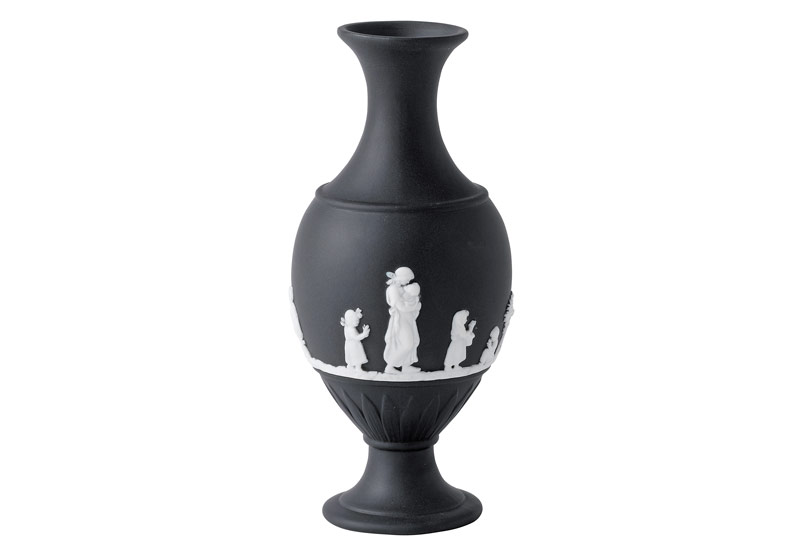
After Thomas Bentley died, Wedgwood appealed to his friend, Erasmus Darwin, the Enlightenment physician and philosopher, for help running the business. The relationship produced another happy legacy; Darwin’s son later married Wedgwood’s daughter and in turn, they became the parents of evolution theorist, Charles Darwin.
Josiah Wedgwood died a wealthy man in 1795. Not only had the spurned younger son come good; he had transformed pottery from cottage industry to art form and, moreover, to big business.

